LAST UPDATED: July 13th, 2022
Show a picture of a white-tailed buck to six different hunters, then ask each what he/she thinks the buck’s age is. You’ll often get various answers.
It seems funny to me how some folks even become belligerent over their opinions. Everyone is certainly entitled to a personal opinion, but you can’t rightfully argue if you’re merely guessing rather than using certain metrics to make a truly educated estimate.
Of course, the only way to prove a buck’s age is to kill him and then mail certain teeth to a lab for testing. However, managing the deer herd for quality bucks begins long before the harvest.
For that reason, hunters must educate themselves on what characteristics to consider before they determine if a buck is ready to be harvested.
To further explore this topic, I visited with Kip Adams, a wildlife biologist with the Quality Deer Management Association.
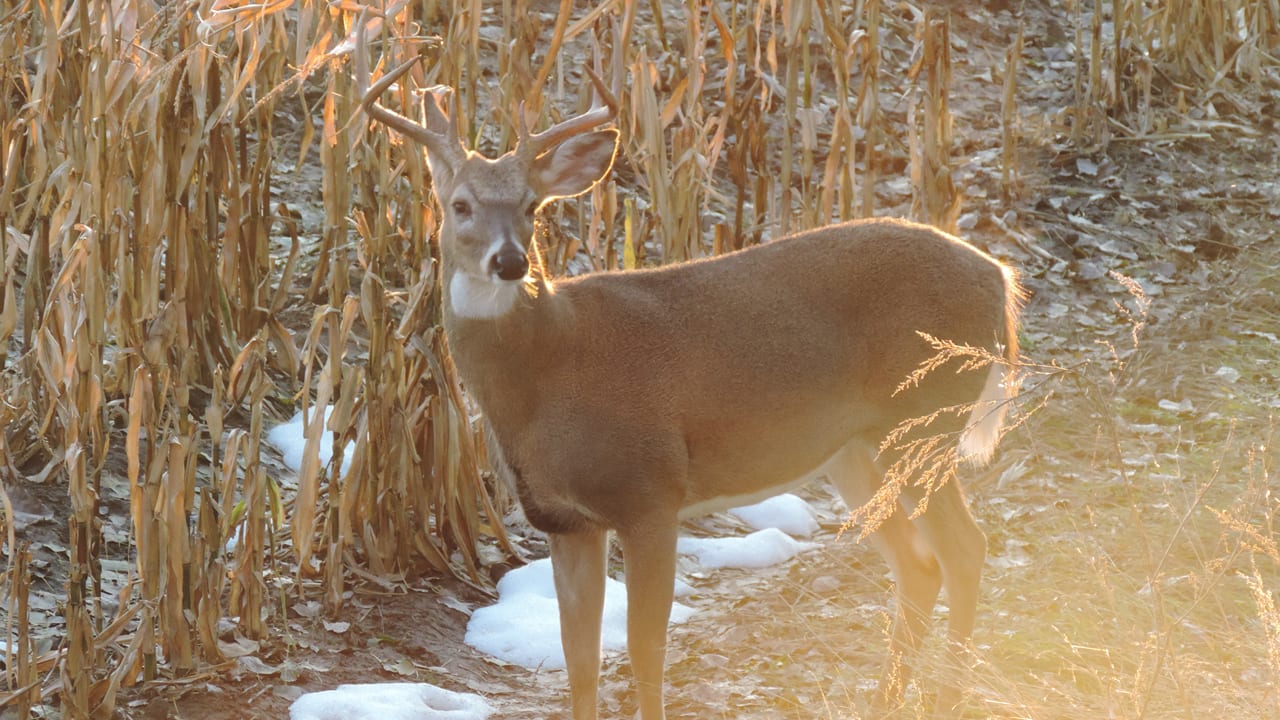
The Different Age Classes
Adams began our discussion by suggesting that deer can be broken down into three age classes.
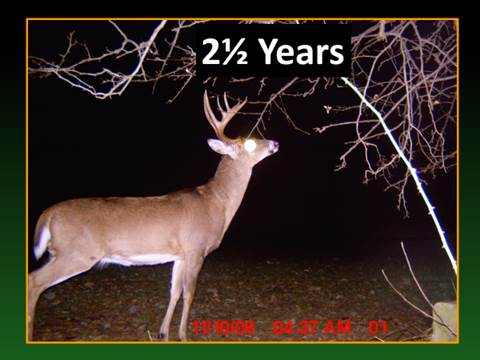
“Young bucks are those that are 1 to 2 years old,” he started. “Middle-aged bucks are those that are 3 to 4 years old. And then there are mature bucks that are 5 years or older. The young bucks almost always display hind quarters larger than their front ends. They have very little musculature in the chest and neck at that age.
When you encounter a buck in the fall with a larger posterior section than the front end, you’re almost guaranteed to be looking at a 1- or-2-year-old buck.
“Once a buck has a larger chest and front shoulders than his rear end, he’s very likely at least 3 years old,” Adams mentioned. “Now, once a buck is 4 years old, his rear end and front end will appear more symmetrical because his hind quarters now show more muscle development. When a buck is 5 years or older, he’ll typically exhibit a sway back and a sagging belly.”
Dos and Don't for Field Judging Age
Too often, deer hunters consider the antlers when determining a buck’s age or if he is a legitimate shooter. Antlers can be incredibly misleading.
One example is Adam Stohs’ 218 4/8-inch Nebraska buck taken several years ago, which was aged at 3 ½ years old by an educated wildlife biologist from Lincoln, Nebraska. All other bodily indications regarding the buck’s age matched the biologist’s opinion, except for the super-star antlers, which would suggest the deer was much older.
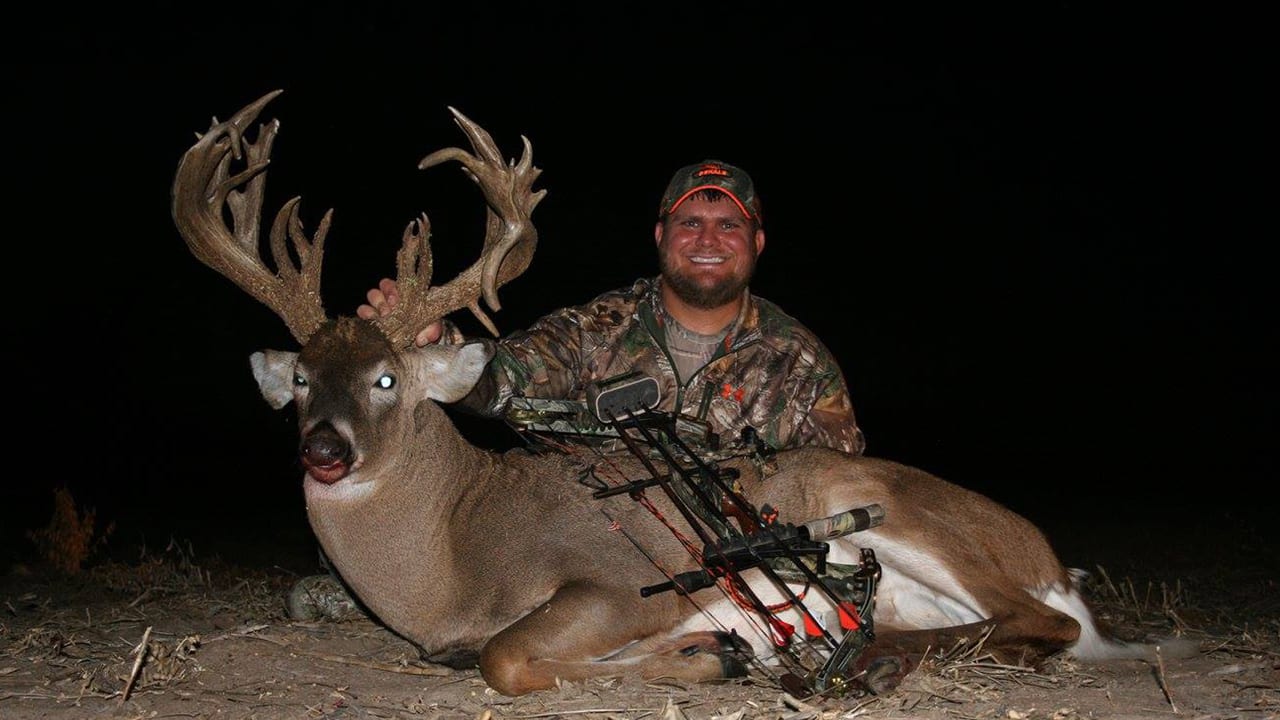
According to Adams, using antlers to estimate age is a mistake.
“I tell people not to look at the antlers at all when estimating age,” he said. “Big antlers on a young deer will make him appear older, and small antlers on an older deer will make him appear younger. Personally, I like to completely cover the antlers and estimate age solely on body characteristics. The only exception is when I have a buck that I simply cannot settle on an age class. If I’m torn between two age classes, I’ll settle the tie by using the antlers. But, I don’t use them as a sole age indicator. There are tremendous variations in antler development in every age class, and it’s simply not an accurate method to consider antlers only.
“In contrast, summer bucks are the most difficult to assess,” he continued. “At that time, there’s no neck swelling at all. Of course, it’s still a good idea to spend some time trying to determine age using summer trail camera photos, but just know that it’s much more difficult to accurately estimate age until fall. Be cautious as you attempt to put an age to summer bucks.”
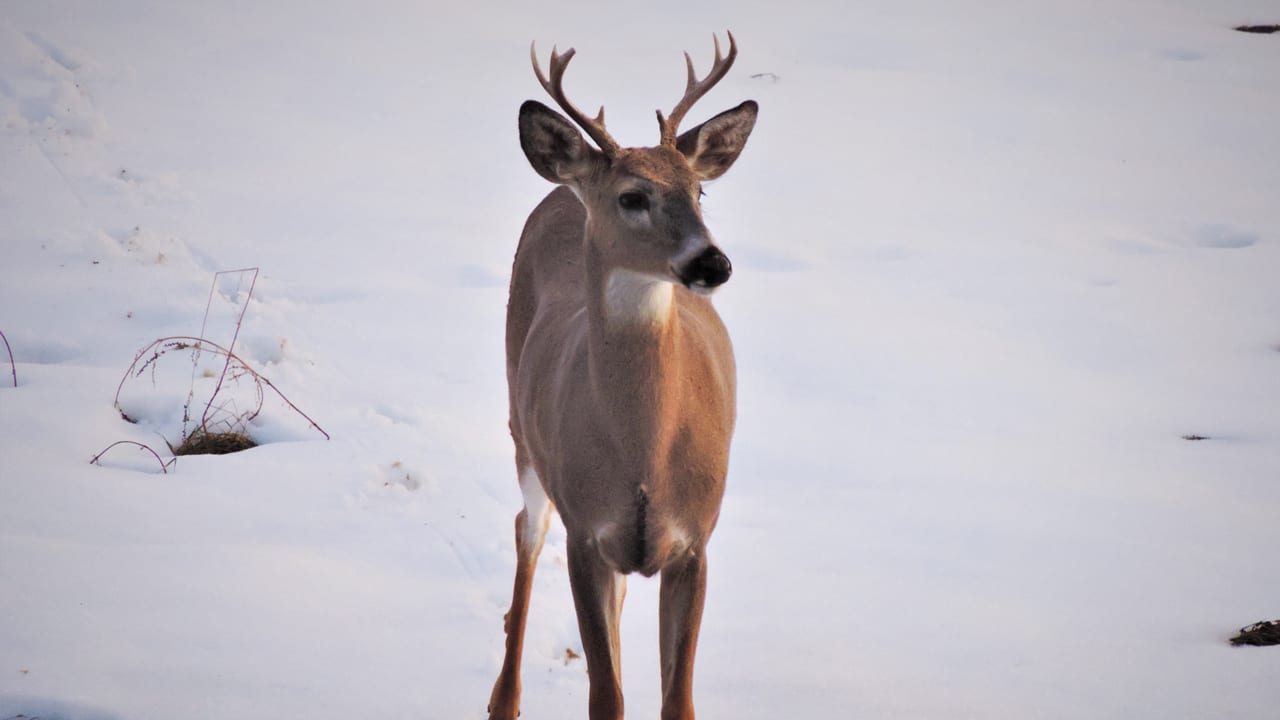
Aging a Harvested Deer
Once you’ve harvested a buck and want to estimate his age, you can take a look at the buck’s teeth. However, extracting the jawbone is a far better way to examine them.
“You can’t estimate age based on tooth wear nearly as accurately by opening the buck’s mouth and looking in,” Adams told. “That’s because one of the most important things to examine is the back cusp of the last tooth in there. You simply can’t see it when it’s in the mouth. With a jawbone extractor — a $10 tool — you can pull the jawbone out and make a much more accurate age estimation.”
For a hunter to estimate age, there are two things to consider.
“It’s a two-part test,” Adams said, “which consists of tooth wear and tooth replacement. Just by counting the number of teeth, you can accurately estimate whether the deer is a fawn, a 1 year old or at least 2 ½ years old. It’s a great technique that’s very accurate for deer up to 2 ½ years old.
“Once deer become 2 ½ years old, they have all of the teeth they’re ever going to have,” Adams stated. “At that age, now we shift to tooth wear to make an estimate on the deer’s exact age. This part of the test is certainly not conclusive, but rather more subjective. Because of that, some folks will cut out the incisors (middle two teeth on the lower jaw) and send them to a commercial lab for cementum-annuli analysis. The lab can count growth rings in the teeth similar to a tree. That’s how they estimate the exact age of the deer in question.
“That technique is far more accurate,” Adams continued, “for older deer. Studies show that studying tooth wear is more accurate for deer up to 2 ½ years old, and that for deer that are 4 ½ years old or older, the cementum-annuli technique is most accurate.”
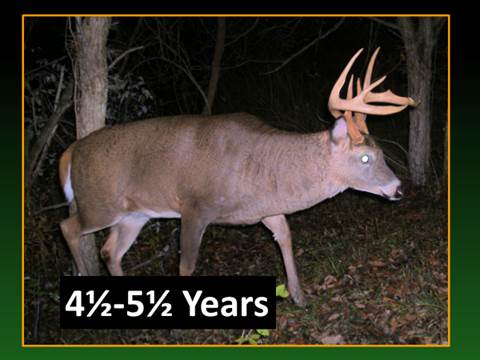
Adams shared that he knows of only three commercial labs in the country where hunters may have deer aged through the cementum-annuli technique. They are:
Matson’s Laboratory in Manhattan, Montana
Wildlife Analytical Laboratories in Missoula, Montana
Whitetail Labs in Oscoda, Michigan
How to Age White-Tailed Bucks - Conclusion
If aging deer is a foreign topic to you, hopefully this article helps clarify some of the gray areas. And if estimating age is something you’ve been guessing at for a long time without knowing the steps to do it accurately, then there’s certainly useful information in this piece for you, too.
Thanks for reading, and feel free to post any questions or comments below related to the topic of aging white-tailed deer.

 By
By 



